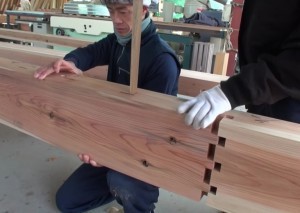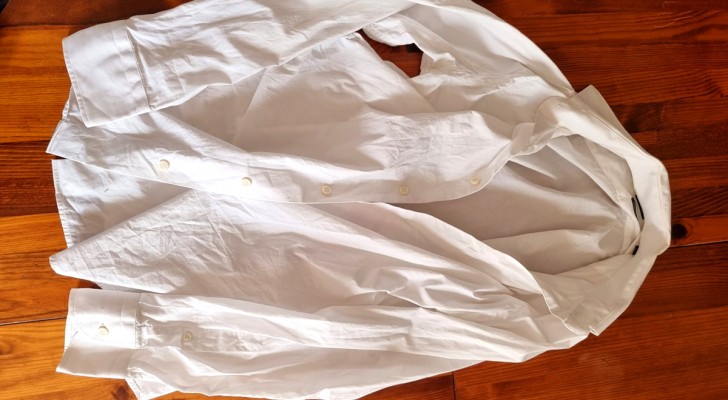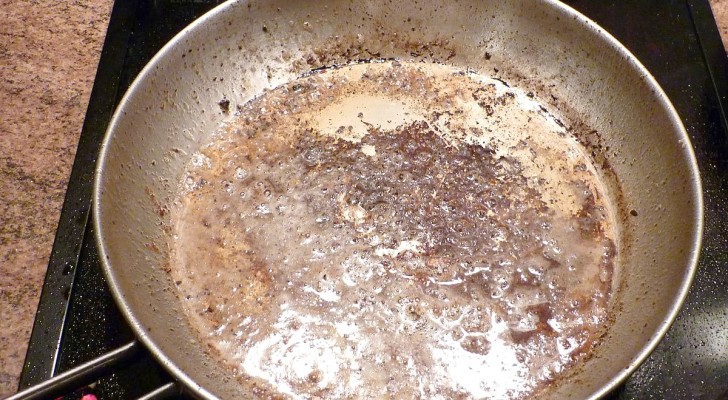An ancient Japanese procedure that joins wooden planks without glue or nails!

Before wood glue and screws appeared, Japanese master carpenters used to join wooden planks together to form walls or beams through fascinating and sophisticated methods.
The technique consisted of creating interlocking parts that matched with millimeter precision, giving the resulting structure an unsurpassed solidity.
Although today there are more modern and faster methods, in many regions of Japan there are carpenters who still enthusiastically carry on this very interesting tradition.

The technique uses a wedge that is driven with a hammer into a special slot. As it is pushed inside, the wedge tends to enlarge the hole; subsequently, it is replaced with a larger wedge, in order to further widen the slot by exerting pressure on both sides. The result? Each hammer blow on the wedge pushes the joints closer together until the beams fuse with each other without additional glue or screws.
In this video you can clearly see how it works.





